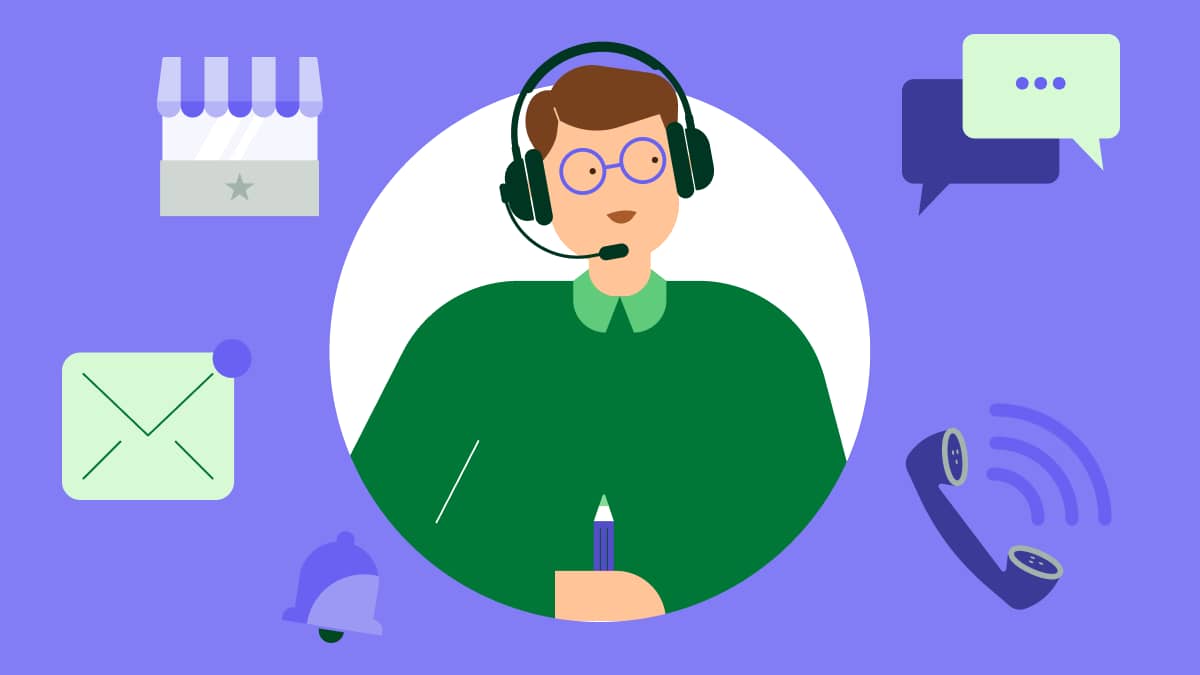It’s hard to stand out when you and your competitors use the same traditional marketing tactics. Experiential marketing gives small businesses another way to get noticed: by creating real interactions that people remember.
In this article, we’ll define experiential marketing, and you’ll learn how to use it to drive engagement and generate leads, even on a small budget. With practical ideas and tips on connecting campaigns to your customer relationship management (CRM) tool, you’ll leave with a clear plan you can act on.
Experiential marketing definition: Experiential marketing is a way to connect with potential customers through in-person or interactive experiences.
Memorable experiences spark word of mouth and create a more personal connection with your company. When planned well, they can generate leads and open the door to future sales conversations.
These experiences (sometimes called brand activations) can be big and flashy. For example, take Red Bull’s “Stratos” space jump, in which a skydiver broke the sound barrier while millions watched in real time.
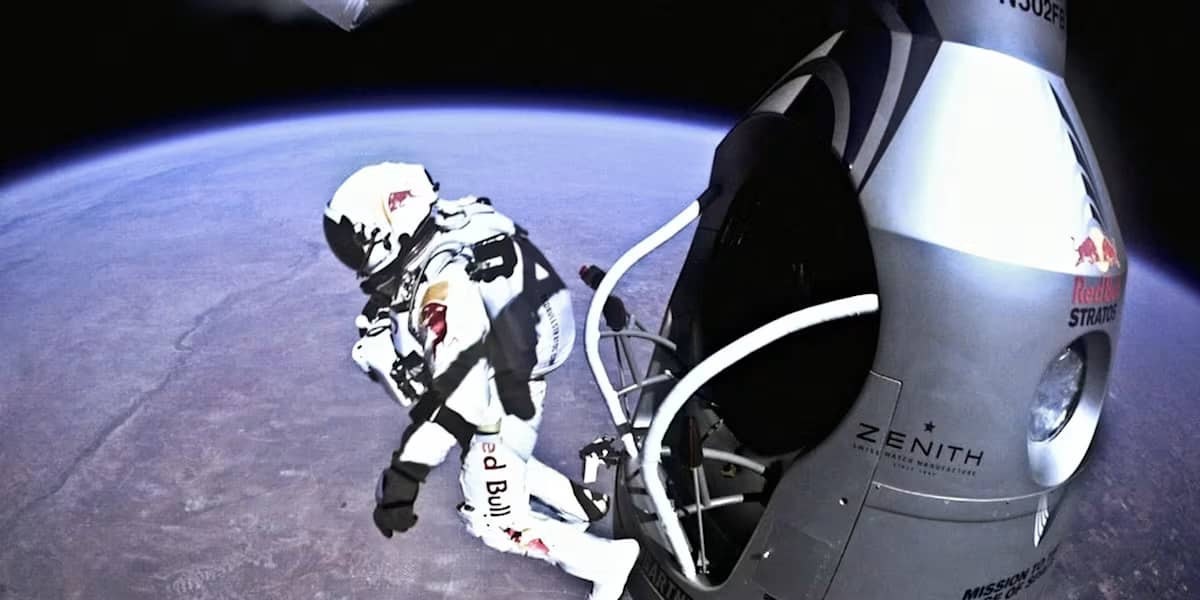
Effective experiences can be smaller and more understated, like when Lipton offered shoppers a spray of water mist to cool down in a busy Auckland shopping mall.
For small businesses, engagement marketing is a way to differentiate themselves from competitors who only use traditional marketing, such as banner ads or social media posts.
Download Your Sales and Marketing Strategy Guide
Practical experiential marketing ideas for small businesses
Experiential marketing doesn’t have to mean big budgets or complex productions.
Here are some affordable, actionable examples of experiential marketing tailored to SMBs, with tips to help maximize impact and keep costs low.
Type of experiential marketing | Tips to maximize your marketing efforts |
Host a product or feature demo as a live virtual event |
|
Set up a pop-up shop or booth at a relevant community event |
|
Partner with a complementary tool or brand to co-host a short challenge or learning series |
|
Launch a social media series where customers take over your Instagram or LinkedIn for a day |
|
Run a “build in public” week where you show real work behind the scenes |
|
Offer a live office hours session where people can drop in for advice or help |
|
Create a simple virtual reality (VR) or augmented reality (AR) brand experience |
|
Surprise loyal customers with a thank-you note or small gift tied to a milestone |
|
These experiential marketing examples are flexible and don’t require large budgets – just creativity and a clear focus on the customer.
Note: In-person events may require more upfront investment but offer unique experiences. They create stronger emotional connections by letting people experience your brand with all their senses.
When planning, think beyond just the event itself. Consider how to extend the customer experience before and after, like sharing stories on social media or following up personally.
How to plan the best experiential marketing campaigns on a budget
Planning an immersive experience on a budget starts with knowing where to focus your time and resources. Follow these steps to keep costs low while making your campaign as effective as possible.
1. Set specific, measurable goals aligned with sales and marketing objectives
Deciding the outcome you want at the start of the process makes planning easier. Involve the sales team early so you can agree on a goal supporting marketing and sales priorities.
Get clear on what success looks like. For a product launch, is the goal to collect demo requests? Build hype and brand awareness? Drive email signups ahead of release?
Then define success in a measurable way. For example:
If you’re launching a new product, success might mean 50 demo bookings or 200 new email signups
If you’re reactivating dormant accounts, it might be reopening 10 deals currently marked as “stalled”
If you’re aiming for brand awareness, set metrics like social engagement or new contacts added to your CRM
Defining the outcome you want helps you design the experience to support it.
2. Identify and target the right audience using CRM data
Use your goal to determine how to segment your audience to align with that outcome. The more specific your targeting, the easier it is to tailor your campaign to those customers’ needs and interests, and the more effective your event marketing will be.
If your goal is to collect demo requests, focus on leads who have previously shown interest but haven’t booked. If you want to build brand awareness, your target audience might be broader, aimed at new contacts, inactive leads or colder segments who haven’t engaged much.
In Pipedrive, contact labels are a simple way to organize your audience into meaningful groups like “Warm Lead”, “Cold Lead”, “High-touch” or “Price-sensitive”. You can add and customize labels when creating or editing a contact.
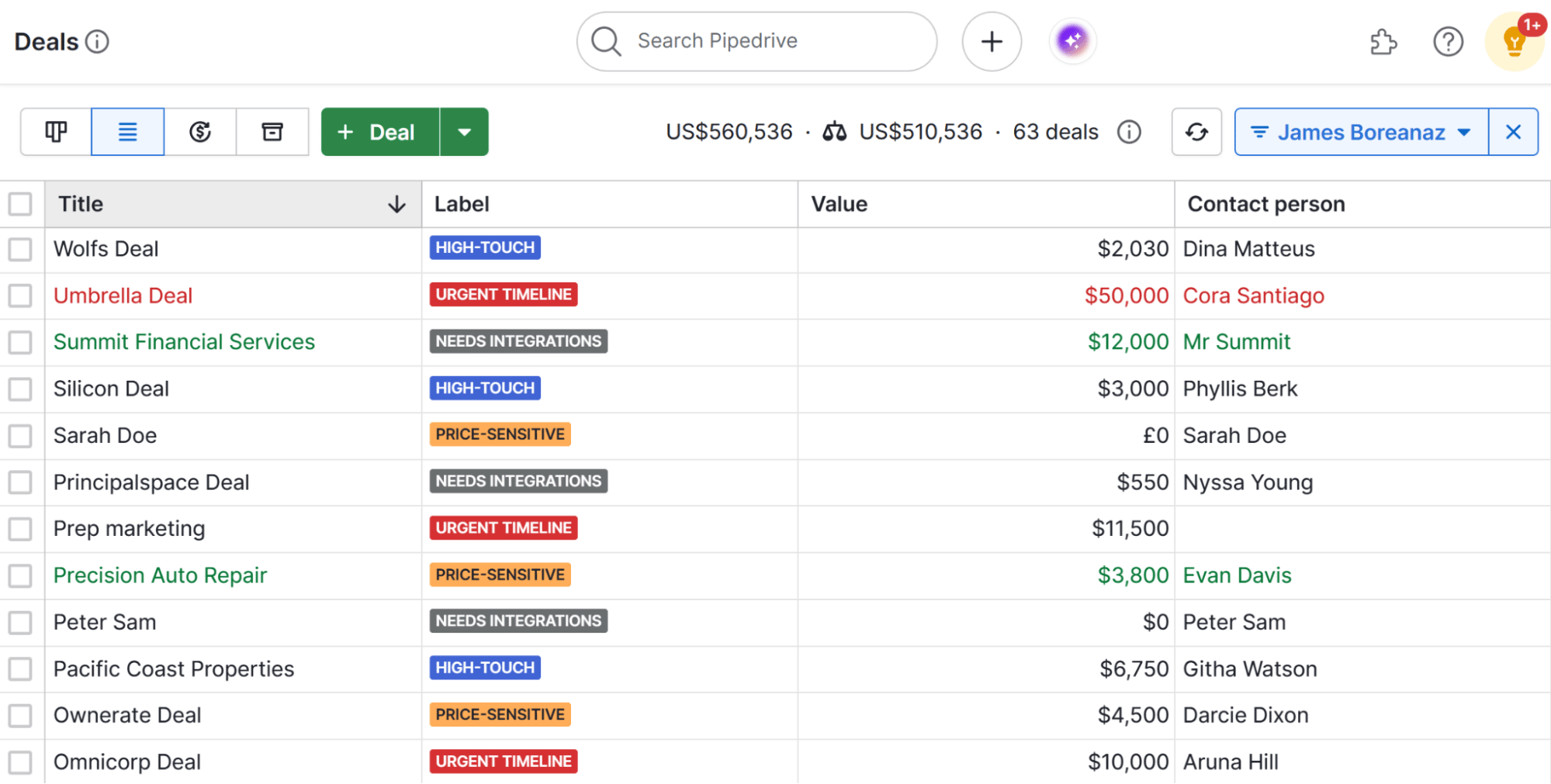
Once your segments are labeled, you can:
Build automated workflows to follow up with each group
Export lists for outreach or event invites
Track campaign performance across different segments
Segments let you tailor your traditional advertising and outreach efforts so your campaign messages reach the right people at the right time.
3. Choose the right experiential format for your audience and goal
Now that you’ve defined your goal and selected a segment, choose a campaign format that suits both. The type of experience you offer should reflect what your audience needs at this moment and what will best move them toward your goal.
For example, cybersecurity company SentinelOne offers an interactive product demo that lets prospective buyers customize their exploration by use case. Different paths and interactive elements tailor the tour to the user’s needs and demonstrate the product’s range of functionality.
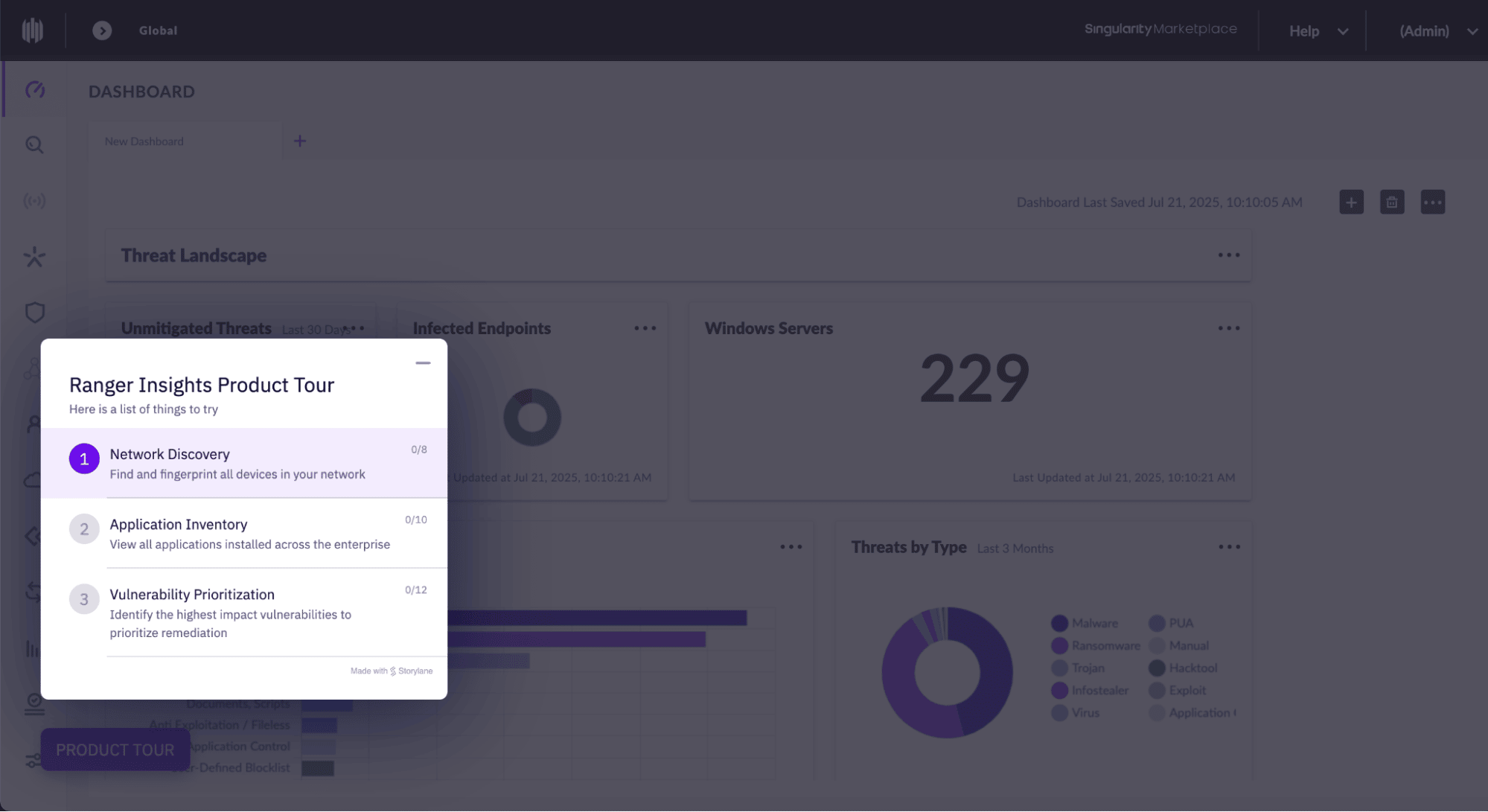
Here’s how different target audiences and goals can align with event formats:
Reaching cold leads to build brand awareness? Go with something easy to join and talk about, like a pop-up experience or a social media challenge.
Warming up mid-funnel leads? Try hands-on formats like live Q&As or interactive demos to help prospects see the value without a hard sell.
Converting hot leads or reactivating stalled deals? Make it personal. Offer invite-only workshops or strategy sessions that directly address prospects’ pain points.
Matching the type of experience to the prospect’s customer journey stage makes them more likely to engage. Once you decide on your goal, segments and format, you can use a laser-focused approach to minimize wasted resources.
4. Budget wisely by prioritizing high-impact, low-cost activities and exploring partnerships
Small budgets don’t have to limit your creativity, but require more focus. Start by listing all potential activities and breaking down the costs involved.
Consider not only direct expenses like venue rental and materials, but also indirect costs such as:
Promotion (like social media ads or billboards)
Technology (like software licenses or equipment rentals)
Time spent by your team planning and executing
Look for sponsorship or partnership opportunities to reduce costs. For example, a social media scheduling tool might partner with a photography studio to host a virtual or real-life workshop on content creation, split promotion costs and share audience reach.
You can use community spaces, like co-working hubs or local events, instead of paying for venues. Alternatively, set up your marketing experience at a trade show you’re already attending to maximize your return on investment (ROI).
Set spending limits for each activity, but keep some flexibility to adjust if opportunities arise or costs are higher than expected. Flexibility helps you focus resources where they’ll have the greatest impact without overspending.
Note: If your team is small or stretched thin, consider outsourcing tasks like event setup or content creation. Freelancers can help you access expertise and scale your brand experience without hiring full-time staff.
5. Prepare for execution with clear roles and simple promotional plans
Once your campaign plan is in place, focus on organizing the people and tasks needed to bring it to life. Start by assigning clear roles so everyone knows exactly what they’re responsible for.
For example:
The campaign lead should manage the overall timeline and make sure all parts stay on track
The creative lead should produce any handouts or presentation materials
The promotion owner should build and schedule outreach
The follow-up owner should be responsible for logging leads and triggering the right CRM workflows after the event
Build a simple campaign timeline. Include key dates for asset creation, email sends, internal reviews, the live event or activation and follow-up tasks. Allow enough time for promotion to build interest before the campaign goes live.
How Pipedrive can help
For outreach, Pipedrive’s Campaigns makes sending targeted emails to labeled segments easy. Draft a short series of messages that clearly explain the experience, who it’s for and how to join or attend.
You can track open and click-through rates directly in the tool and follow up with warm leads right from your CRM.

A successful experiential marketing event doesn’t require a large team. It only requires a clear plan and a way to track and adjust as you go.
6. Plan post-event follow-up to capture leads and nurture relationships through CRM automation
Following up quickly is what turns an engaging experience into real results. Have a clear process to log any new contacts or engaged leads into your CRM as soon as the campaign wraps.
If you’re running a virtual event, use the webinar platform’s attendance report. If your event is in person, set up a QR code sign-in or a digital check-in sheet to get details in real time. Make sure every attendee and interaction is logged in your CRM.
How Pipedrive can help
In Pipedrive, you can tag leads based on their activity during the campaign and trigger automated email follow-ups.
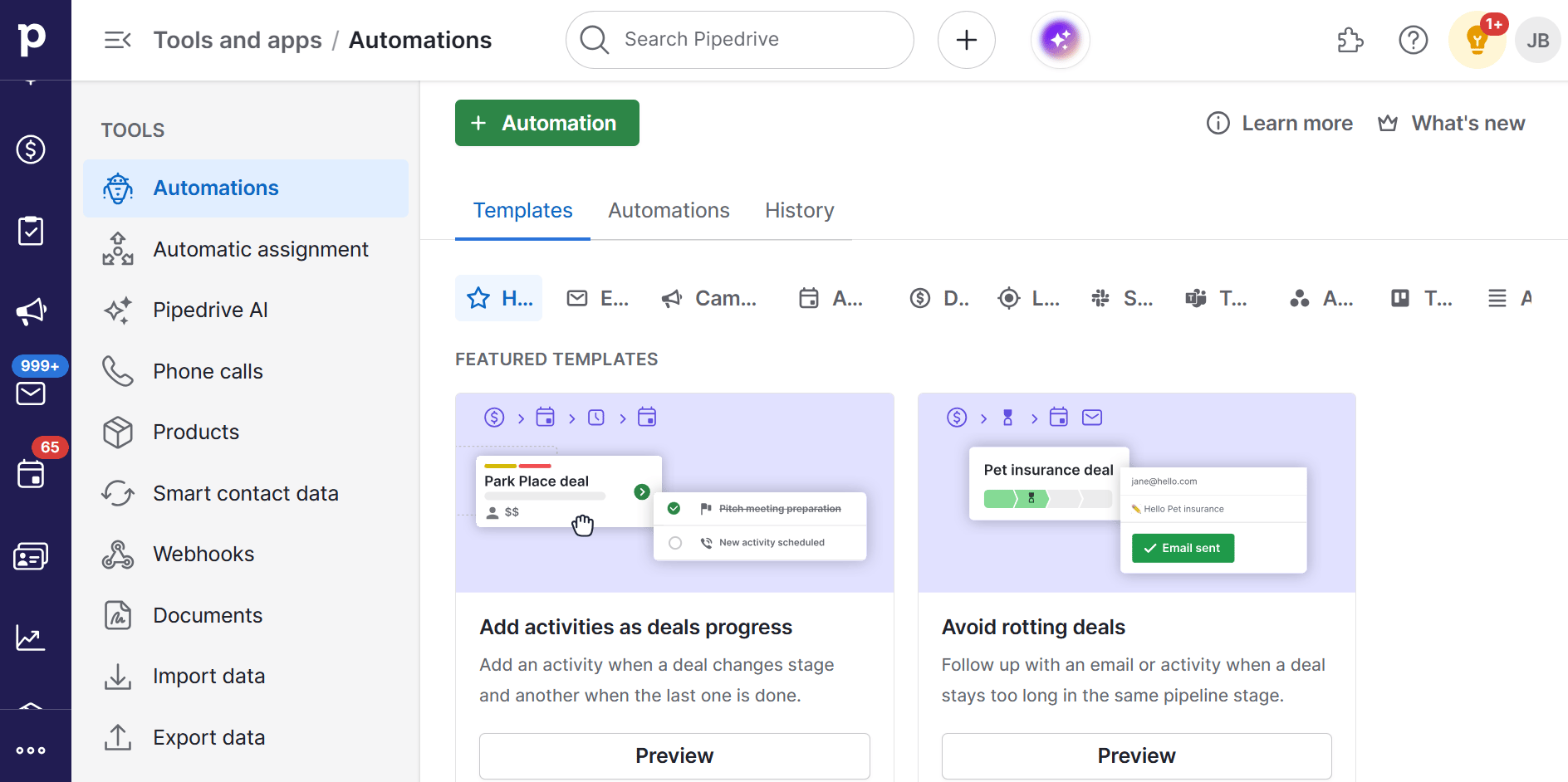
For example, you might:
Tag attendees as “Engaged” and automatically send a thank-you email with next steps or a related offer
Tag no-shows and follow up with a replay or recap
Add a task for a sales rep to reach out personally if someone asks a specific question or requests more info
You can also use custom fields to capture details like the event name or digital marketing session attended, then build filters to track outcomes.
The more structured your follow-up, the easier it is to keep momentum going, turn interest into sales and increase customer loyalty.
Connecting experiential marketing to CRM and sales for measurable results
To get real business value from experiential marketing, track what happens after the follow-up. With Pipedrive, every new lead can be logged directly into your sales pipeline and segmented based on how they engaged.
Using custom fields like “Campaign Source” or “Event Name”, you can tag contacts with the specific campaign they responded to, making it easy to filter and monitor performance across different events.
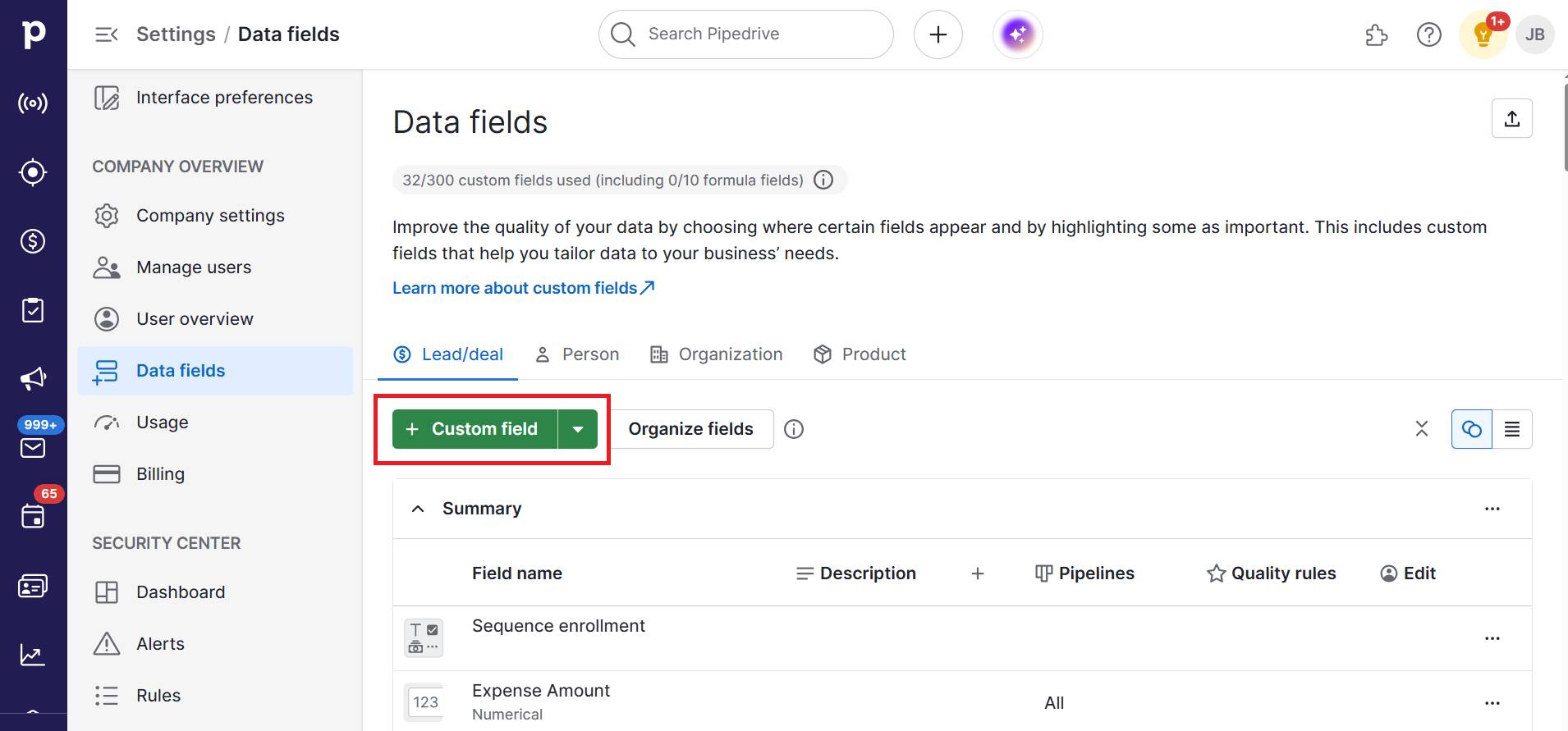
This segmentation helps you automate personalized follow-ups and prioritize outreach based on engagement level. Additionally, tracking deals related to these campaigns reveals whether they have generated new business or reactivated stalled opportunities.
Connecting your experiential marketing to your CRM gives your team a clear process for effectively following up and measuring success based on data-driven insights.
Final thoughts
For small and medium-sized businesses, experiential marketing is a way to make a lasting impression without needing a huge budget or complex resources.
Even simple digital experiences can lead to better brand loyalty and more qualified leads when done thoughtfully. You can turn those moments into real business growth by focusing on your customers’ needs and using smart tools to organize and follow up.
Ready to bring your experiential marketing strategies to life and measure their impact? Try Pipedrive free for 14 days and see how it can help you manage your leads and nurture those valuable connections.





